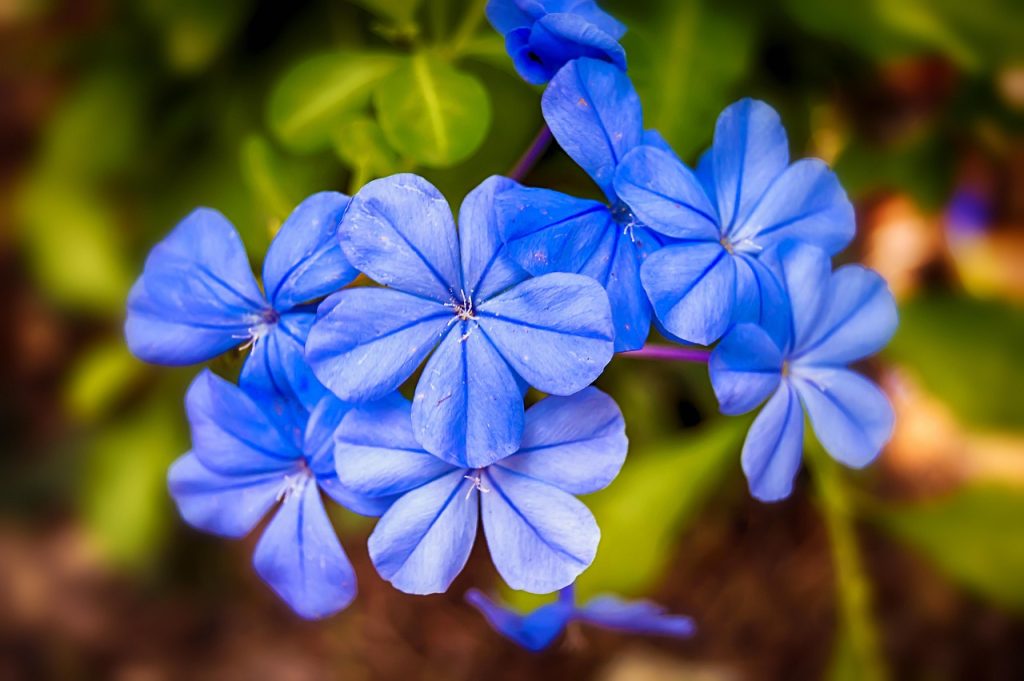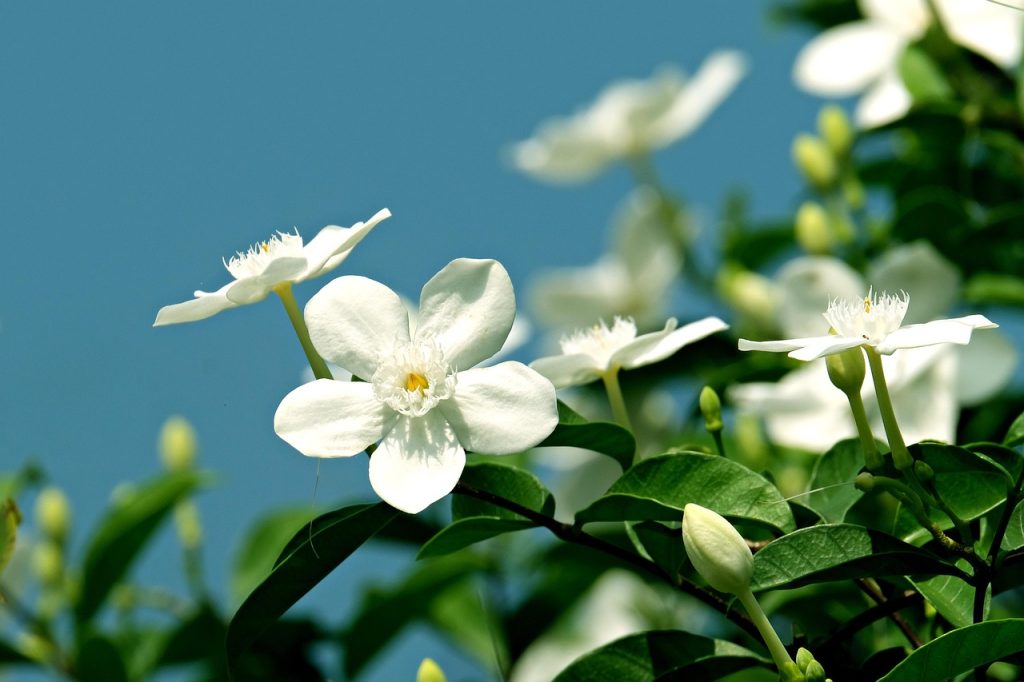Jasmine, with its intoxicating fragrance and delicate beauty, has charmed gardeners and plant enthusiasts for centuries. This versatile plant not only enhances the aesthetic appeal of gardens but also offers numerous practical uses. From traditional medicine to perfumes, World of jasmine holds a special place in many cultures. Whether you’re a seasoned gardener or a novice, understanding the intricacies of growing and maintaining jasmine can transform your outdoor space into a fragrant oasis.

The Origin and Cultural Significance of Jasmine
Jasmine, belonging to the genus Jasminum, is native to the tropical and subtropical regions of Eurasia, Australasia, and Oceania. With over 200 species, this plant has been cultivated for its fragrance and ornamental value across various cultures. Jasmine is particularly revered in South Asian countries, where it’s used in religious ceremonies, weddings, and festivals. Its name is derived from the Persian word ‘yasmin’, meaning ‘gift from God’, reflecting its revered status.
Jasmine’s Role in Traditional Practices
In traditional Chinese medicine, World of jasmine is used for its calming and soothing properties. It is believed to aid in stress relief and improve mood. Similarly, jasmine tea, a popular beverage in many cultures, is not only refreshing but also boasts numerous health benefits, including antioxidant properties.
Appearance and Varieties of Jasmine
Jasmine plants are known for their climbing vines and fragrant, star-shaped flowers. The most common varieties include:
- Common Jasmine (Jasminum officinale): Renowned for its sweet fragrance, this variety is widely used in perfumery.
- Arabian Jasmine (Jasminum sambac): This type is used to make World of Jasmine tea and is the national flower of the Philippines.
- Winter Jasmine (Jasminum nudiflorum): Unlike its counterparts, this variety blooms in winter, adding color to the garden during colder months.
Ideal Growing Conditions for Jasmine
To thrive, jasmine plants require specific conditions that mimic their native environment. Understanding these needs is crucial for successful cultivation.
Light Requirements
Jasmine prefers full sun to partial shade. For optimal flowering, ensure the plant receives at least 4-6 hours of sunlight daily. However, in hotter climates, providing afternoon shade can prevent leaf scorch.
Soil Preferences
The plant thrives in well-draining soil rich in organic matter. A slightly acidic to neutral pH level is ideal. Adding compost or well-rotted manure can enhance soil fertility.
Watering Needs
Jasmine requires regular watering, especially during dry spells. However, overwatering can lead to root rot. It’s best to water deeply but less frequently, allowing the soil to dry out slightly between waterings.
Temperature and Humidity
Most jasmine species prefer warm temperatures. They are not frost-tolerant, so in cooler climates, they should be grown in pots and brought indoors during winter. High humidity levels are also beneficial, as they mimic the native tropical environments.

Planting and Propagation of Jasmine
Whether starting from seeds or cuttings, propagating jasmine can be rewarding. Proper planting techniques ensure healthy growth and abundant blooms.
Planting Jasmine
When planting jasmine, choose a location with adequate sunlight and well-draining soil. Dig a hole twice as wide and as deep as the plant’s root ball. Position the plant, backfill with soil, and water thoroughly to eliminate air pockets.
Propagating from Cuttings
Jasmine can be easily propagated through cuttings. Select a healthy stem, cut 4-6 inches below a node, and remove the lower leaves. Dip the cut end in rooting hormone and plant it in a pot with a mix of sand and peat. Keep the soil moist and cover with a plastic bag to maintain humidity. Roots should develop in 4-6 weeks.
Seasonal Care for Jasmine
Jasmine requires different care throughout the year to ensure healthy growth and flowering. Here’s how to care for jasmine during different seasons:
Spring and Summer Care
During the growing season, jasmine benefits from a balanced fertilizer every 4-6 weeks. Prune dead or weak stems to encourage new growth and flowering. Regularly check for pests like aphids and spider mites, and treat them promptly with insecticidal soap if needed.
Autumn and Winter Care
In autumn, reduce watering as the plant prepares for dormancy. For winter jasmine, minimal pruning is required as it blooms during this season. Protect potted plants from frost by moving them indoors or covering them with frost cloths.
Common Problems and Solutions
Like all plants, World of Jasmine can encounter issues. Recognizing and addressing these problems early can prevent severe damage.
Pest Infestations
Jasmine is susceptible to pests such as aphids, spider mites, and whiteflies. Regularly inspect the plant, and use organic insecticides or neem oil to manage infestations.
Fungal Diseases
Overwatering can lead to root rot and fungal diseases. Ensure good drainage and avoid watering the foliage. If fungal issues arise, fungicidal sprays can help manage the problem.
Yellowing Leaves
Yellow leaves can indicate nutrient deficiency or improper watering. Test the soil for pH imbalances and adjust accordingly. Ensure the plant is not waterlogged or too dry.

Uses of Jasmine in Everyday Life
Beyond its beauty, jasmine offers several practical applications. Its flowers are prized in perfumery, adding a sweet, exotic scent to fragrances. Jasmine oil, extracted from the flowers, is used in aromatherapy for its calming effects. Additionally, jasmine tea is a popular beverage known for its delightful aroma and health benefits.
Jasmine FAQs
Yes, jasmine can be grown indoors with proper care. Ensure it receives adequate sunlight and maintain high humidity levels.
Water jasmine deeply once a week, allowing the soil to dry slightly between waterings. Adjust frequency based on the season and climate.
While many jasmine species are known for their fragrance, some, like winter jasmine, have a milder scent.
Jasmine is generally non-toxic to pets, but it’s always best to prevent pets from ingesting any plant material.